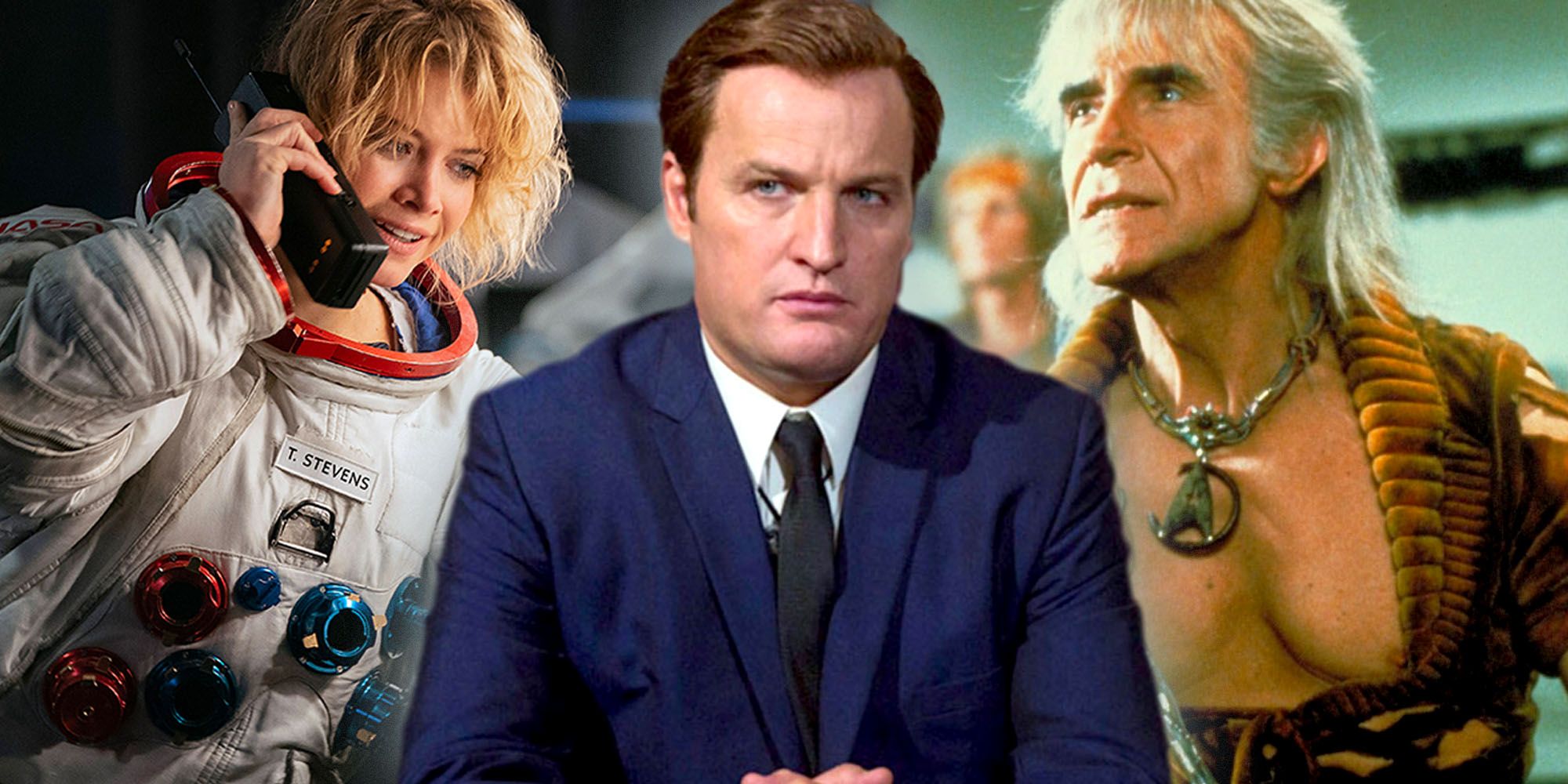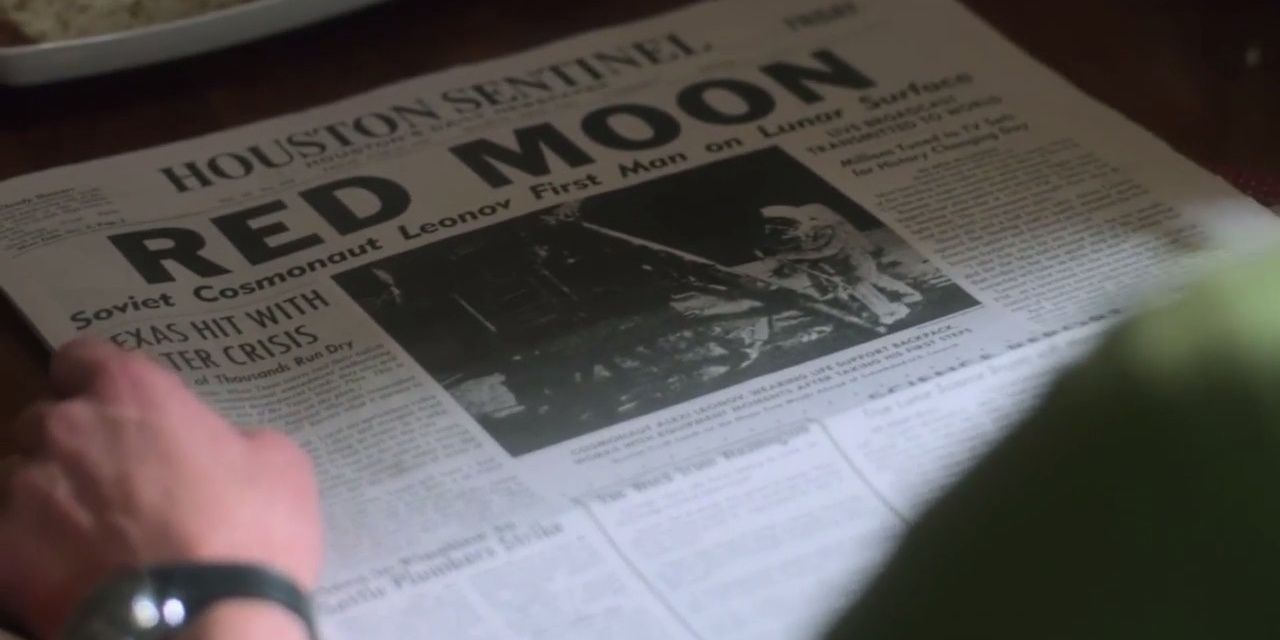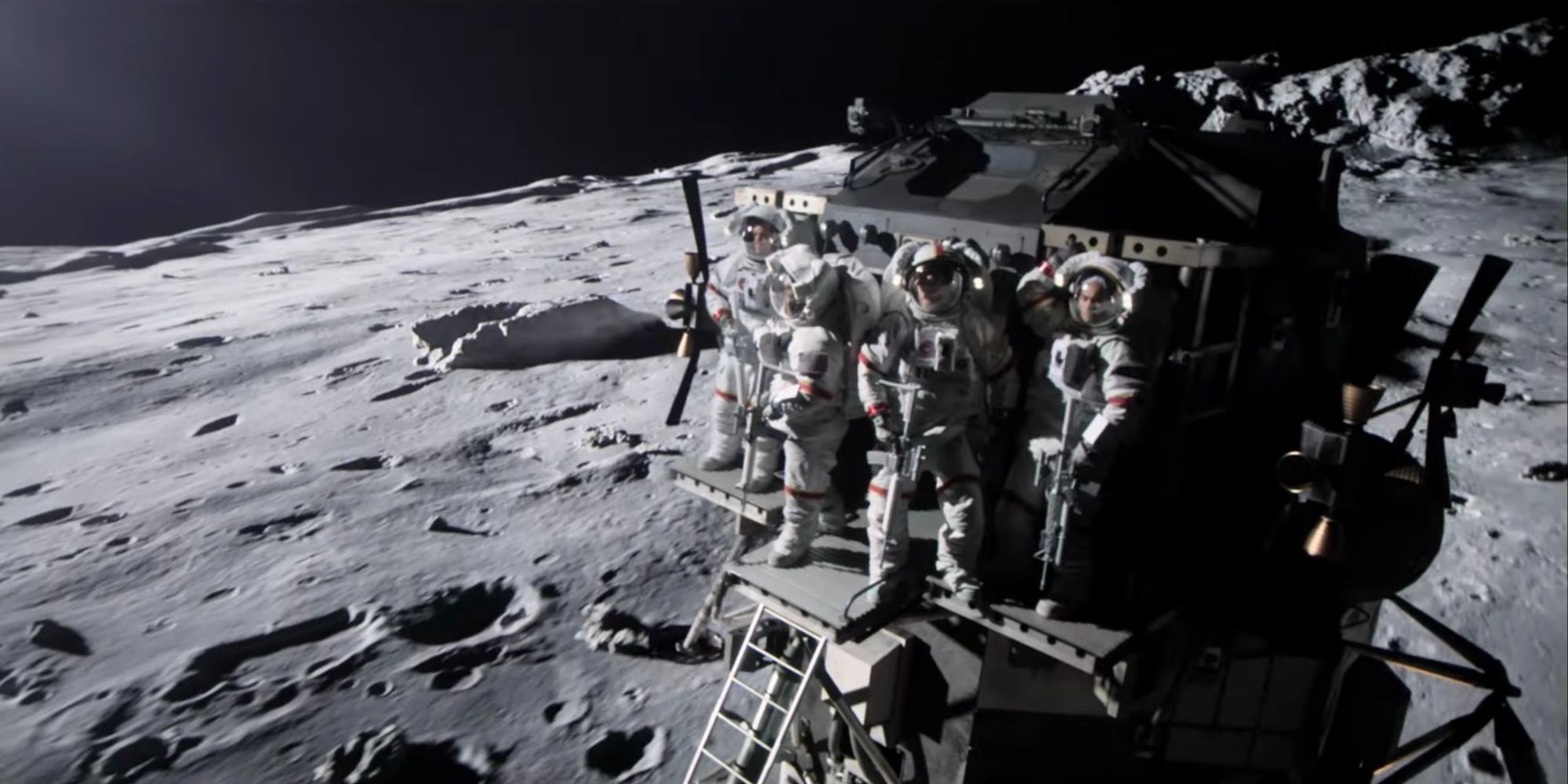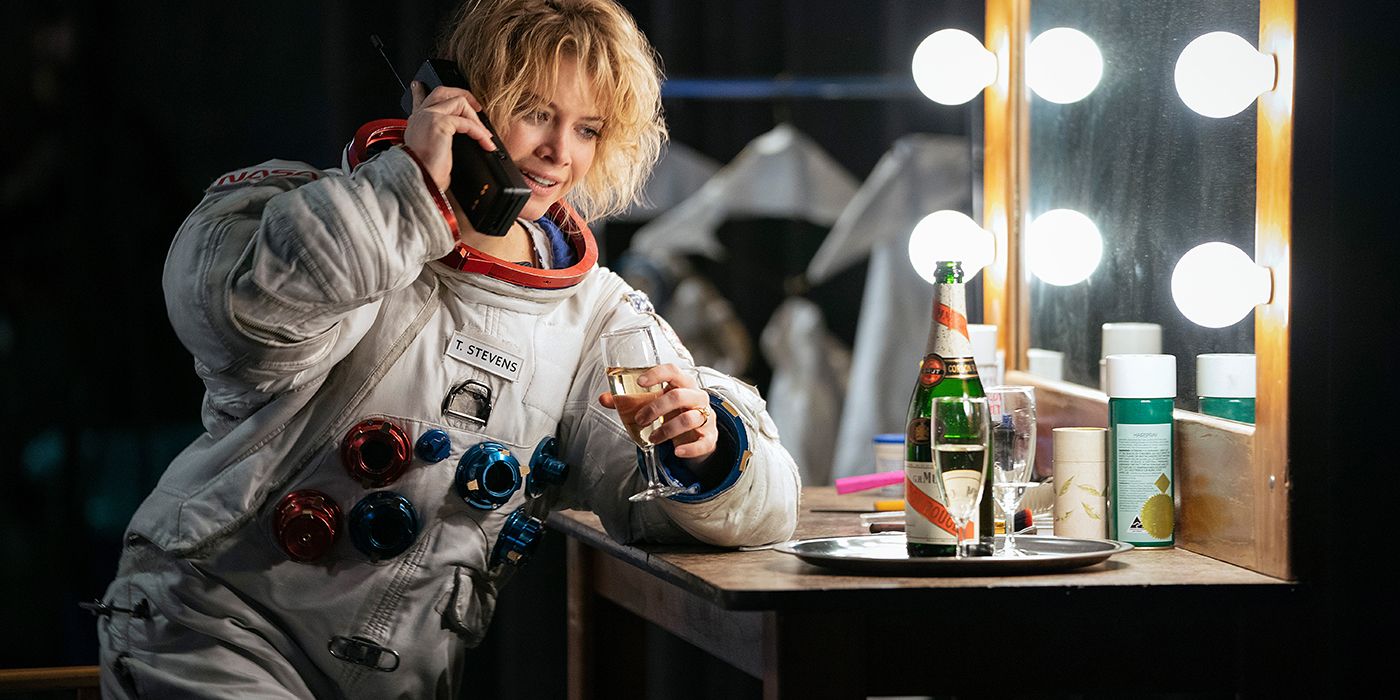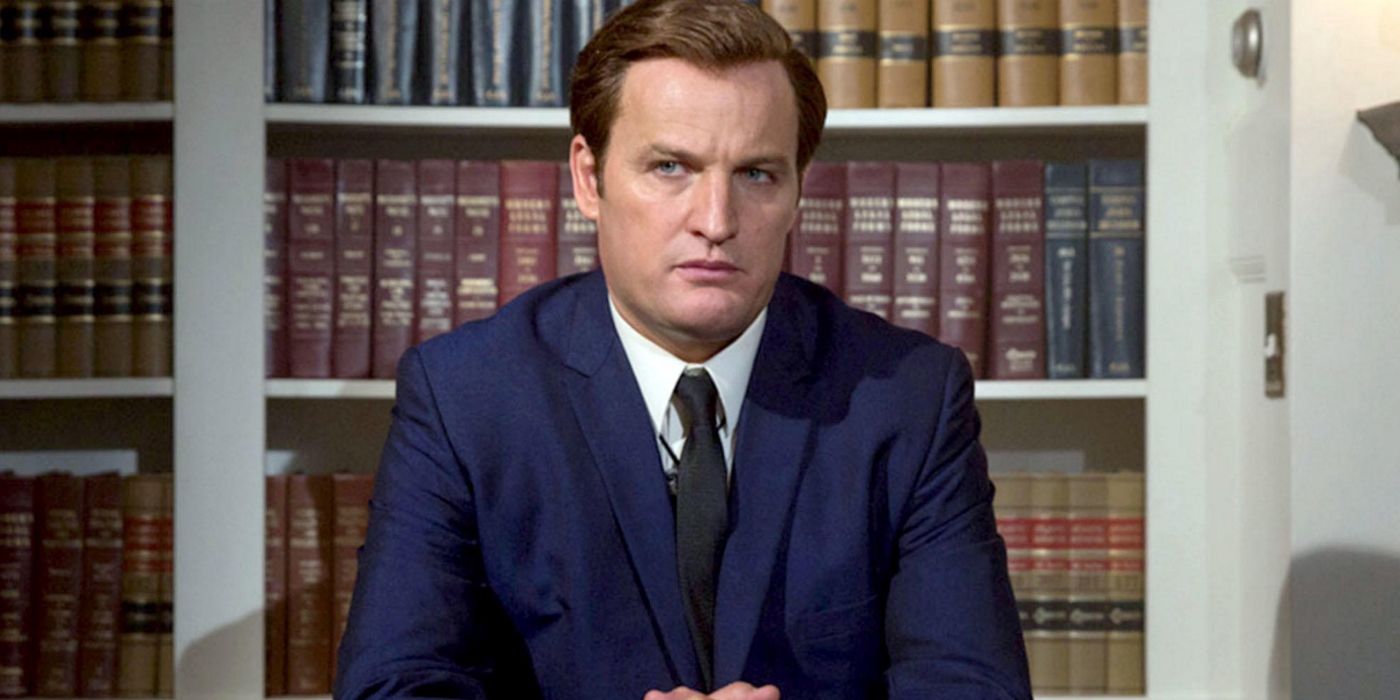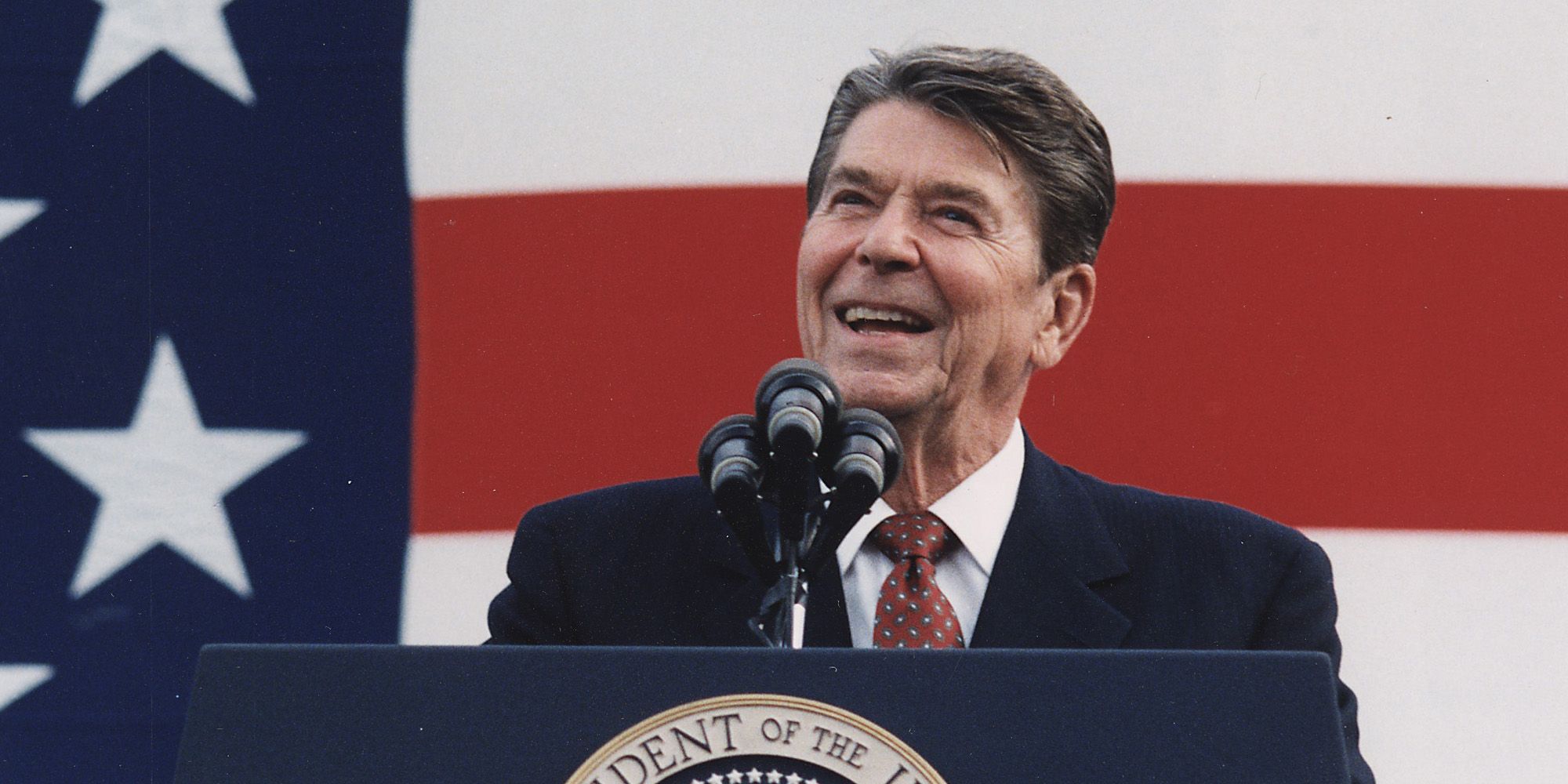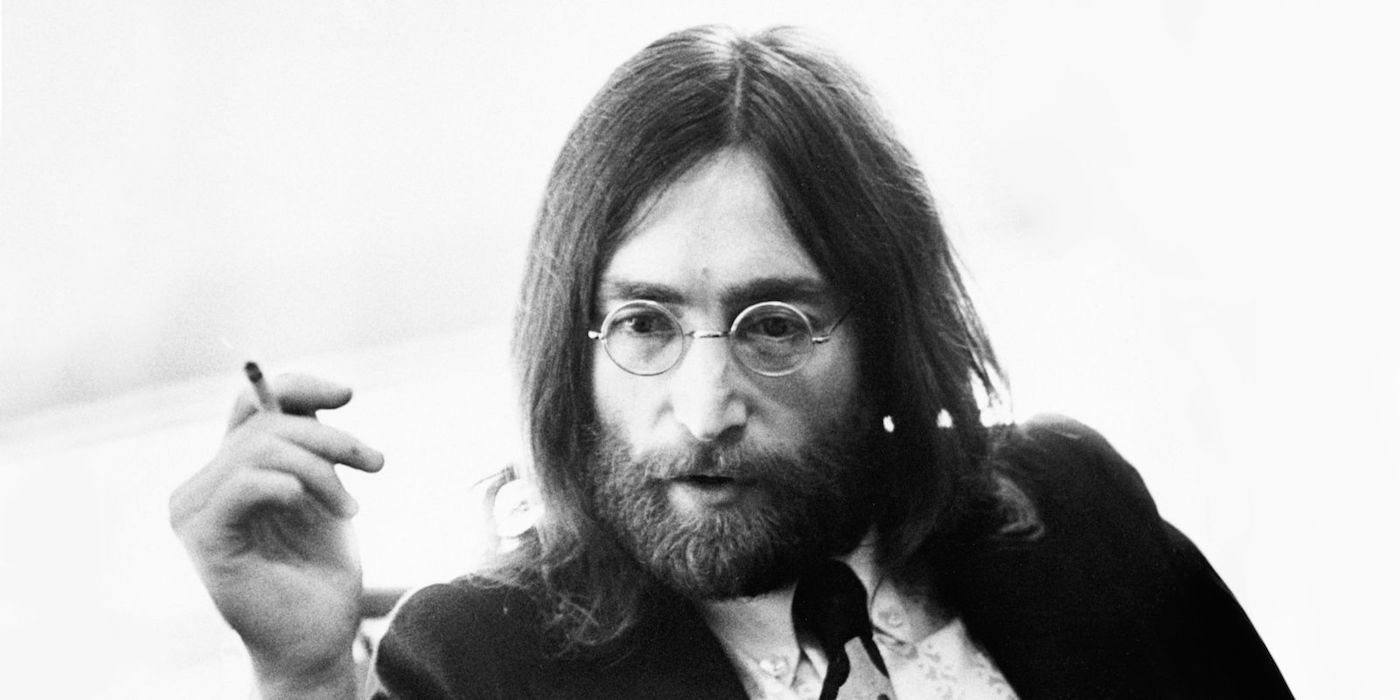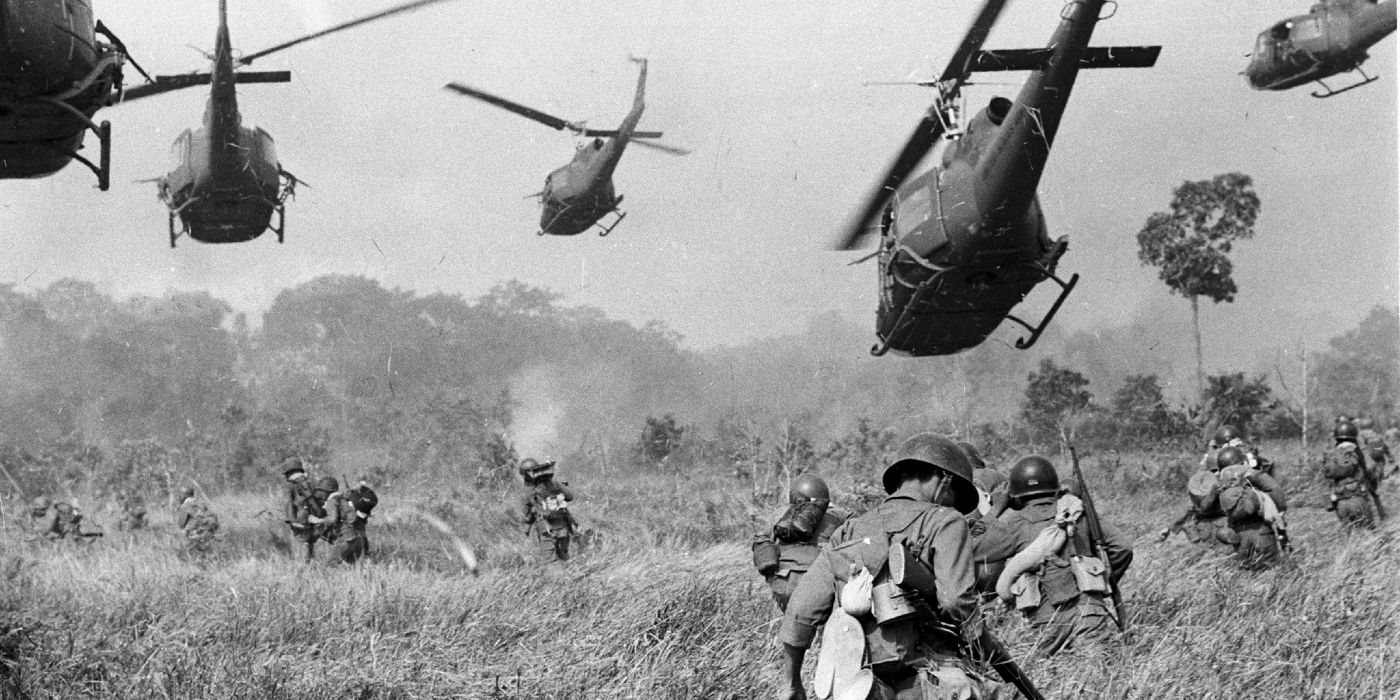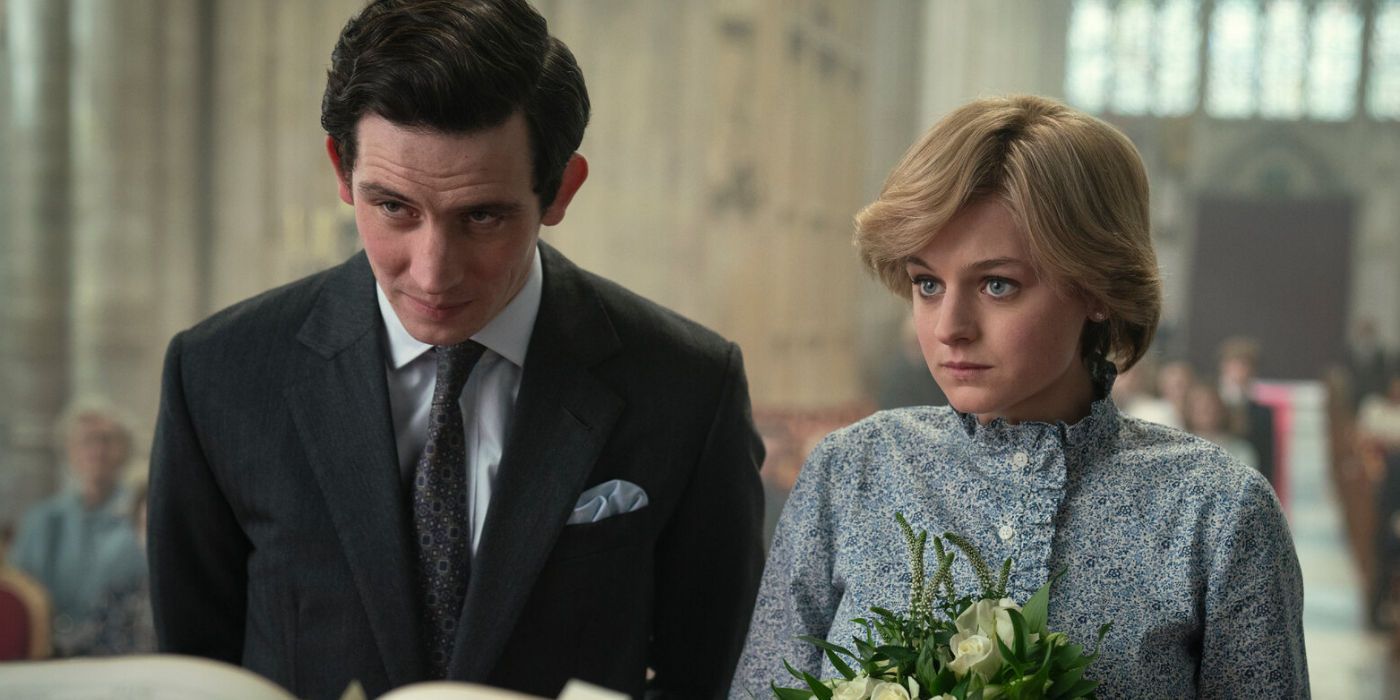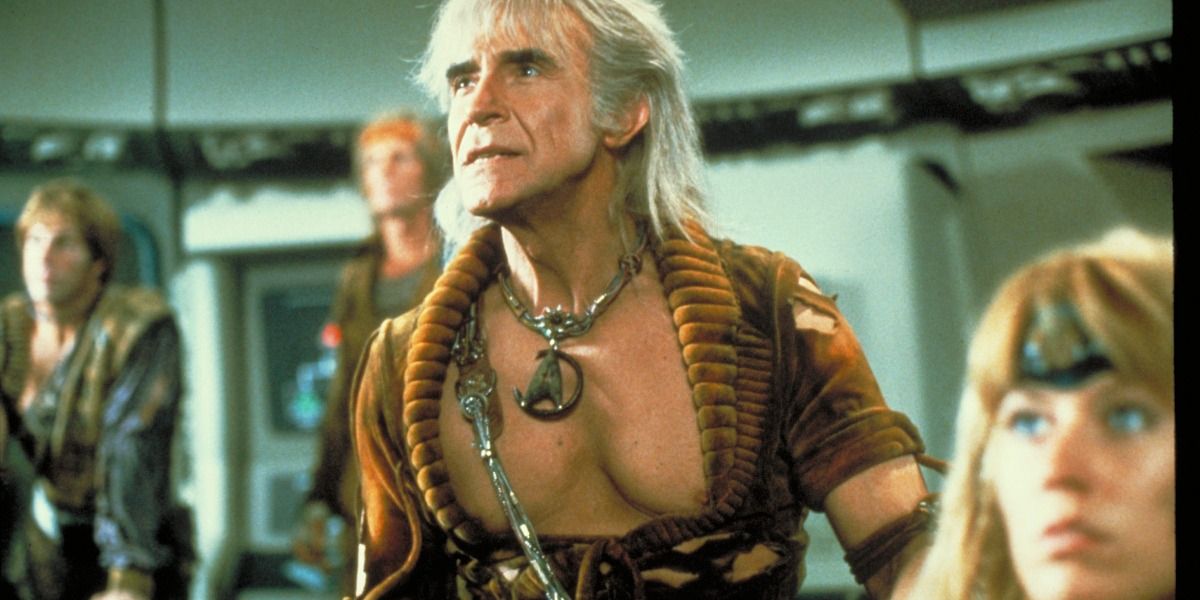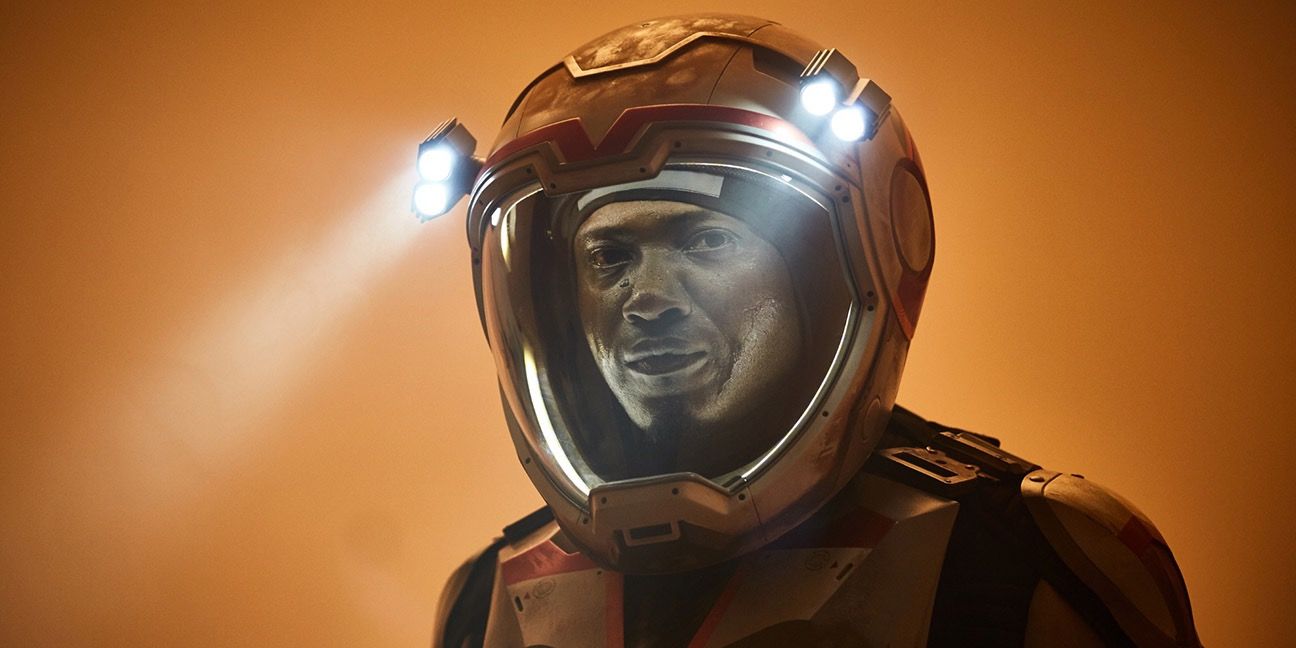Apple TV+'s For All Mankind has provided an exciting alternate glimpse into world history through its first two seasons. The show, helmed by Battlestar Galactica vet Ron D. Moore, chronicles what would have happened in history had the Soviet Union beat the United States to landing on the moon in the 1960s. Those aren't the only changes to history, though.
The point of divergence with the moon landing creates a ripple effect through modern history, altering world events in subtle and obvious ways. The show rarely showcases the changes, rather making them part of the overall fabric, which makes them a little more fun to discover as the series progresses.
The Soviet Union Landed On The Moon First
The entire premise of the series is launched when history diverges in a massive way in June of 1969. Instead of Neil Armstrong being the first man on the moon, it's Soviet cosmonaut Alexei Leonov. His success crushes American morale, much as the Soviet success with the first satellite, Sputnik, did in the early 1950s.
The show goes on to show that Apollo 11 crew Neil Armstrong and Buzz Aldrin did land on the moon, but it wasn't perfect. They crashed and were feared dead, but later were revealed to have survived.
Jamestown
The fear and embarrassment that follows the Soviet landing motivate NASA to accelerate their plans in regards to the moon. In the show, NASA plows forward with the Jamestown moon base, which never existed in actual history. This base, launched in 1973, became the centerpiece of the American lunar program. It was added on to and expanded into the 1980s.
In real life, NASA abandoned the Apollo program after a few landings, when public interest dwindled. Apollo 13 was one of the last flights of major interest to the American public, largely because of its in-flight accident, which became the subject of a movie about the real-life space crew.
Women Become Astronauts Sooner
From the beginning, the Soviet cosmonaut program was far more inclusive when it came to using both men and women. The first American woman in space, Sally Ride, didn't reach orbit until 1983 when she was part of the crew of the space shuttle Challenger.
In the show, the Soviets send a woman to the Moon after the US lands there. This leads NASA to be more ambitious in including women in the astronaut corps as well. Molly Cobb became the first woman in space in the show, with Apollo 15. Danielle Pool, Tracy Stevens, and Ellen Wilson are among the others to go as well.
President Kennedy
Senator Edward Kennedy ran for President of the United States in 1980 against incumbent Jimmy Carter but failed to win the nomination. In the series, he becomes President in 1973. Kennedy leaves a party on Chappaquiddick Island in 1969 due to the Soviet moon landing and avoids a tragic historical event that forever tainted his political prospects.
Kennedy succeeded in becoming President in the alternate history of the show, but his fortunes didn't continue. His personal troubles and the successive failures of the early Apollo program doomed his re-election and led to another change in history.
Reagan Becomes President In 1976
Ronald Reagan was elected President in 1980 and oversaw the end of the Cold War, depicted in many excellent Cold War-era movies. In the reality of For All Mankind, he becomes President four years earlier after he defeats Kennedy in 1976 in a massive landslide.
Reagan is said to have won re-election in 1980, but the circumstances of that campaign aren't known. In the show as in real life, Reagan was bullish on militarizing space, particularly through his 'Star Wars' SDI program, which many feared would lead to nuclear war.
John Lennon Is Still Alive In 1983
Former member of the Beatles and legendary musician John Lennon tragically died in 1980, assassinated in front of his home in New York City. He survived in the world of the show and is shown in the second season of the series to be the advocate for peace he was in real life.
He calls for peace as the world hurtles toward nuclear conflict in the early '80s. While the outcome of the Cold War is expected to be somewhat similar, given there will be a season three of the show set in the '90s, it's not clear if events transpired exactly as they did in real life.
America Withdraws From Vietnam Sooner
Though the conflict with the Soviet Union becomes more pitched thanks to the moon landing, America's involvement in the Vietnam War deescalates. America withdraws from Vietnam much earlier, in 1970, a full five years before it did in actual history.
President Nixon does this in order to allow America to focus more on the space race, which they are seen to be lagging in. The fate of Vietnam is not known in the show past this point, though it likely mirrors that of real-life somewhat as the rest of the show's alternate history does.
The fourth season of The Crown depicts the historical fascination with the marriage of Charles and Diana in 1981. In the world of For All Mankind, this never happened. The show's alternate history has Prince Charles marrying Camilla Parker-Bowles, his eventual second wife, rather than Diana Spencer.
This of course would have major repercussions to established history not yet explored by the series. The couple's two sons, William and Harry, would never be born in this scenario, altering the trajectory of the royal family into the 21st century.
The Wrath Of Khan
This change is fairly subtle. In episode five of the second season, “The Weight,” viewers discover that one of the greatest Star Trek movies ever, The Wrath Of Khan, has just come out in 1983. This is a slight change from real history, where the movie came out in 1982.
The movie famously changed its original title of The Revenge Of Khan due to the impending Revenge Of The Jedi, which of course was then changed to Return Of The Jedi. This suggests that Return Of The Jedi happened as is in the alternate timeline, though maybe not in 1983.
Mankind Lands On Mars In The 90s
A major consequence of the Soviet moon landing in 1969 is President Kennedy's commitment to beat the Soviets to Mars. This happens in the final moments of the second season finale when the show flashes forward ten years into the '90s. Fans see an American astronaut on Mars, fulfilling Kennedy's ambition and marking a massive departure from actual history.
Humanity has placed several rovers and probes on the Martian surface but remains far away from the prospect of landing a crew there any time soon.

